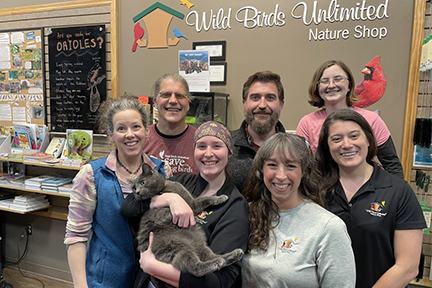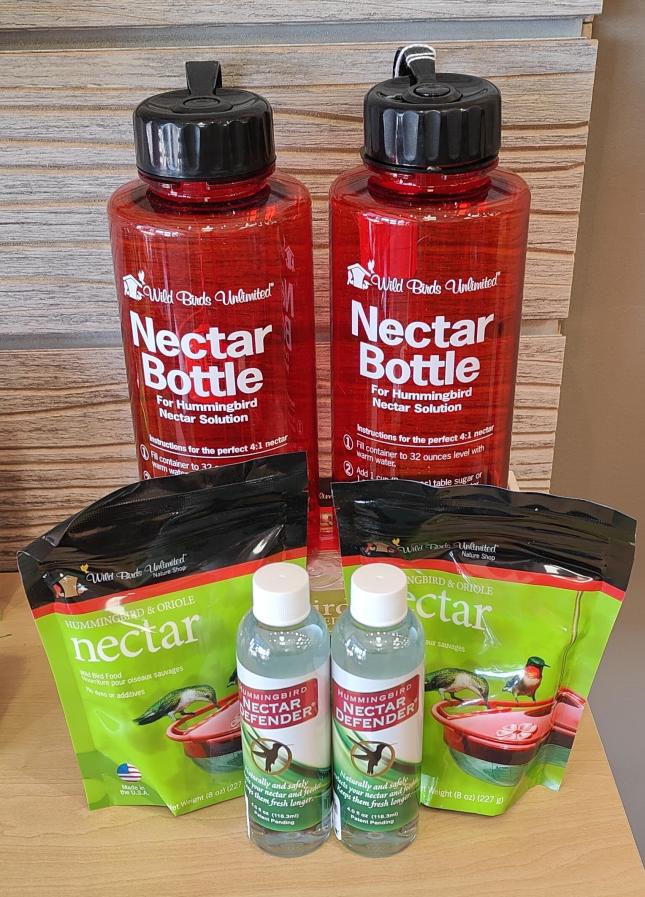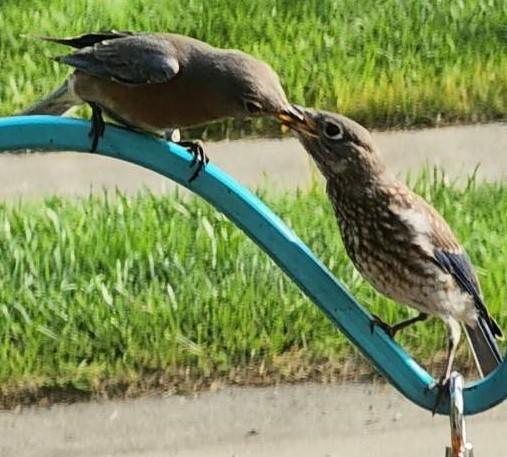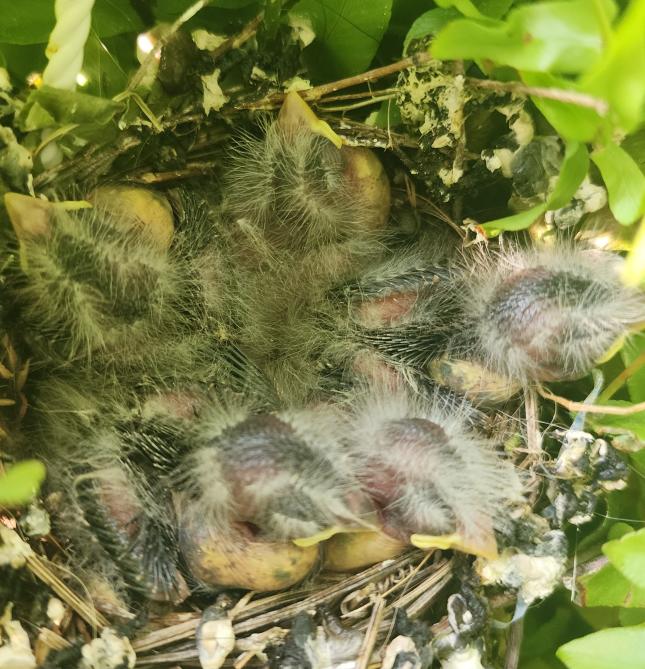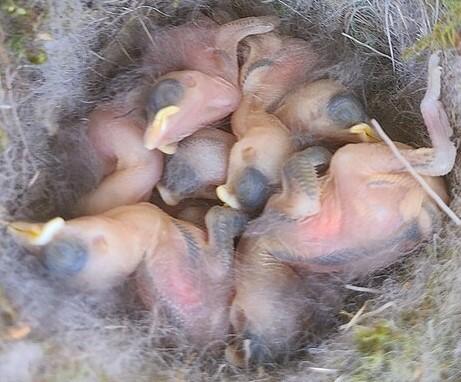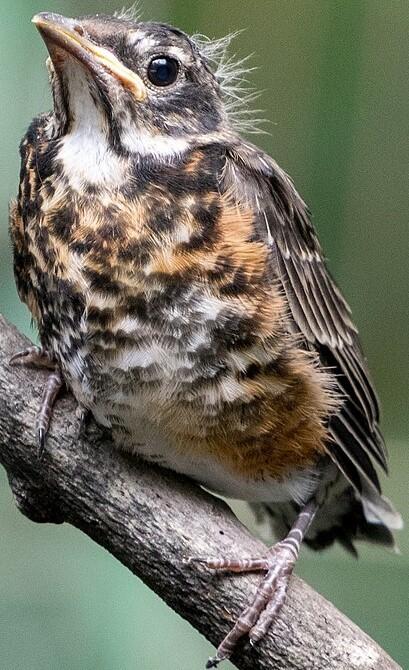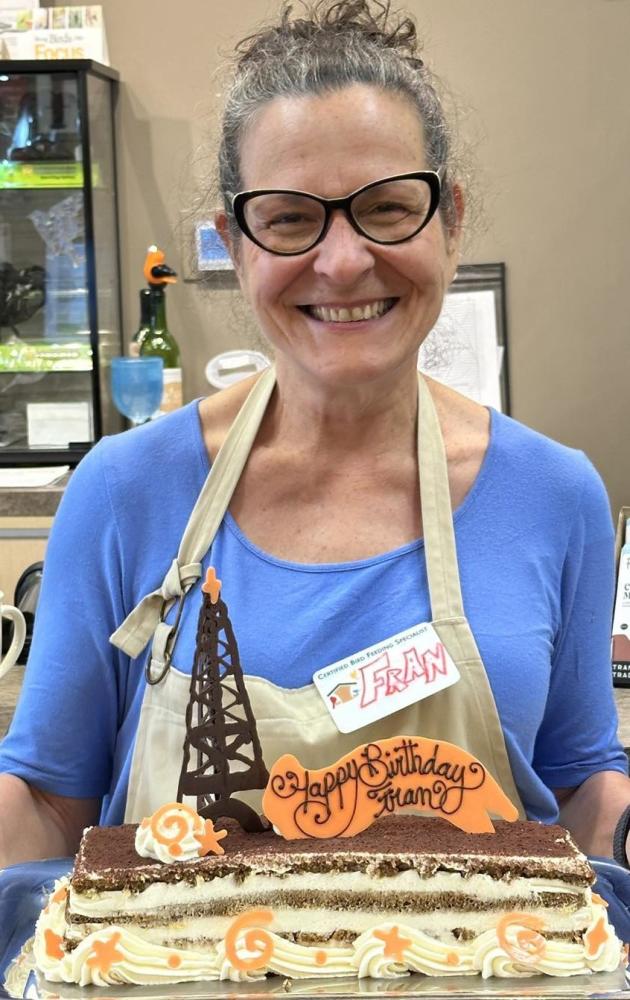
Question: When did you join Wild Birds Unlimited of Brighton? I started in 2018, came back in 2020, and then back again in 2023. The missing gaps are from when I lived in France, but WBU family keeps calling me back!
Question: What’s your favorite part of being a valuable member of the team? I love helping customers get set up for a successful bird feeding experience, because once you get the basics, the rest is easy!
Question: What’s your favorite bird? The Northern Cardinal was my spark bird, so I have a special fondness for them. Their favorite food at my feeder is a Flaming Feast seed cylinder. They are in Michigan year-round and are always a reliable visitor in the winter.

